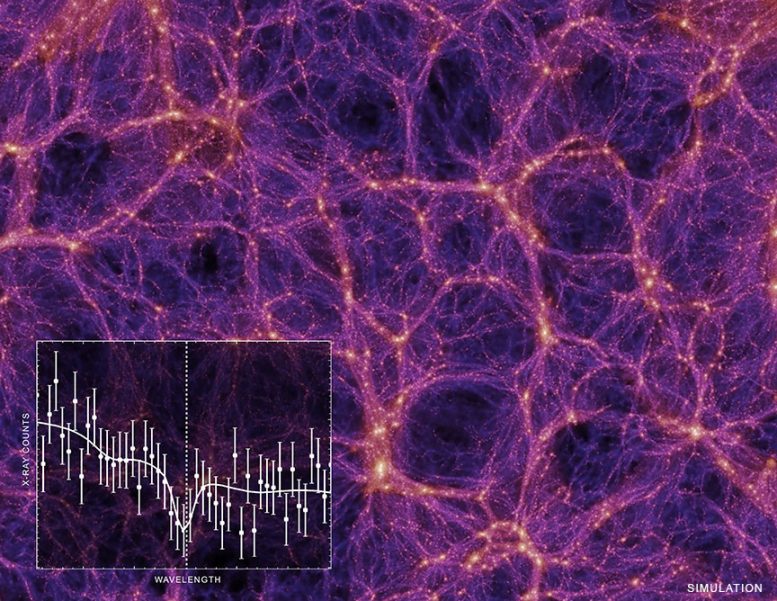
Astronomers have used Chandra to possibly identify the location of a third of the hydrogen, helium, and other elements that were created after the Big Bang, but has so far been unaccounted for in the present-day Universe. This “missing mass” may be in large filaments of warm and hot gas known as the WHIM. The plot on the left shows the signature of how X-rays from a distant quasar have been absorbed by gas in these filaments.
New results from NASA’s Chandra X-ray Observatory may have helped solve the Universe’s “missing mass” problem. Astronomers cannot account for about a third of the normal matter — that is, hydrogen, helium, and other elements — that were created in the first billion years or so after the Big Bang.
Scientists have proposed that the missing mass could be hidden in gigantic strands or filaments of warm (temperature less than 100,000 Kelvin) and hot (temperature greater than 100,000 K) gas in intergalactic space. These filaments are known by astronomers as the “warm-hot intergalactic medium” or WHIM. They are invisible to optical light telescopes, but some of the warm gas in filaments has been detected in ultraviolet light. The main part of this graphic is from the Millennium simulation, which uses supercomputers to formulate how the key components of the Universe, including the WHIM, would have evolved over cosmic time.
If these filaments exist, they could absorb certain types of light such as X-rays that pass through them. The inset in this graphic represents some of the X-ray data collected by Chandra from a distant, rapidly-growing supermassive black hole known as a quasar. The plot is a spectrum — the amount of X-rays over a range of wavelengths — from a new study of the quasar H1821+643 that is located about 3.4 billion light-years from Earth.
The latest result uses a new technique that both hones the search for the WHIM carefully and boosts the relatively weak absorption signature by combining different parts of the spectrum to find a valid signal. With this technique, researchers identified 17 possible filaments lying between the quasar and Earth and obtained their distances.
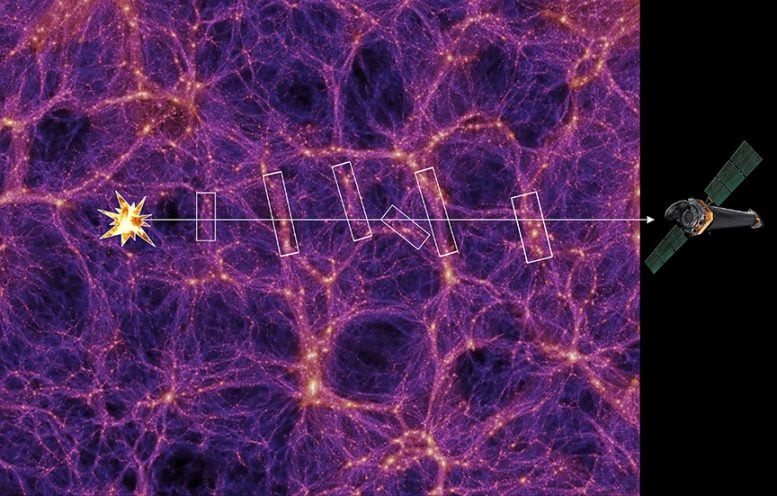
A still from the Millenium simulation that formulates how key components of the Universe, including the WHIM, evolved over time. Credit: Illustration: Springel et al. (2005); Spectrum: NASA/CXC/CfA/Kovács et al.
For each filament the spectrum was shifted in wavelength to remove the effects of cosmic expansion, and then the spectra of all the filaments were added together so that the resulting spectrum has a much stronger signal from absorption by the WHIM than in the individual spectra.
Indeed, the team did not find absorption in the individual spectra. But by adding them together, they turned a 5.5-day-long observation into the equivalent of almost 100 days’ worth (about 8 million seconds) of data. This revealed an absorption line from oxygen expected to be present in a gas with a temperature of about one million Kelvin.
By extrapolating from these observations of oxygen to the full set of elements, and from the observed region to the local Universe, the researchers report they can account for the complete amount of missing matter.
A paper describing these results was published in The Astrophysical Journal on February 13, 2019. The authors of the paper are Orsolya Kovács, Akos Bogdan, Randall Smith, Ralph Kraft, and William Forman all from the Center for Astrophysics | Harvard & Smithsonian in Cambridge, Mass.
NASA’s Marshall Space Flight Center in Huntsville, Alabama, manages the Chandra program for NASA’s Science Mission Directorate in Washington. The Smithsonian Astrophysical Observatory in Cambridge, Massachusetts, controls Chandra’s science and flight operations.
Reference: “Detection of the Missing Baryons toward the Sightline of H1821+643” by Orsolya E. Kovacs, Akos Bogdan, Randall K. Smith, Ralph P. Kraft and William R. Forman, 11 December 2018, arXiv.
DOI: 10.48550/arXiv.1812.04625

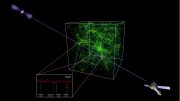
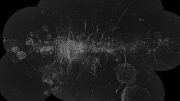
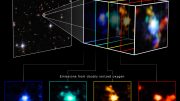

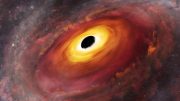
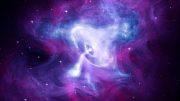
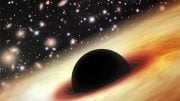
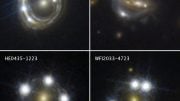
Have scientists accounted for the mass on the other sides of the big bang that are beyond the 13+ billion visible light years from us. Also what about the mass that’s been converted to energy such as light and other radiations that have been created by the suns and other sources from the big bang on?
What if the universe is like a box and the big bang happened in what is now one of the corners and didn’t spew existence in every direction and the box is expanding away from that corner? The big bang didn’t have to happen at what is now the centre of the universe.
Why do you assume that hydrogen and helium form all stars? you do realize that this is impossible by the known laws of gravity. How much hydrogen and helium are in the center of the Earth? None it is a dense solid; so is the sun and all planets and all stars. There is no missing mass just wrong impossible theory on the sun and all stars. You need to fully understand the workings of gravity. It works the same in the universe as on Earth. In a cloud of gas dust and rock and the beginnings of gravity the dust and rock are going to the center while the gas is expelled just as is happening with the sun the lighter density gases are expelled! Learn you physics!
My god, it’s full of spaghetti.
Agree, there is no ‘missing matter.’